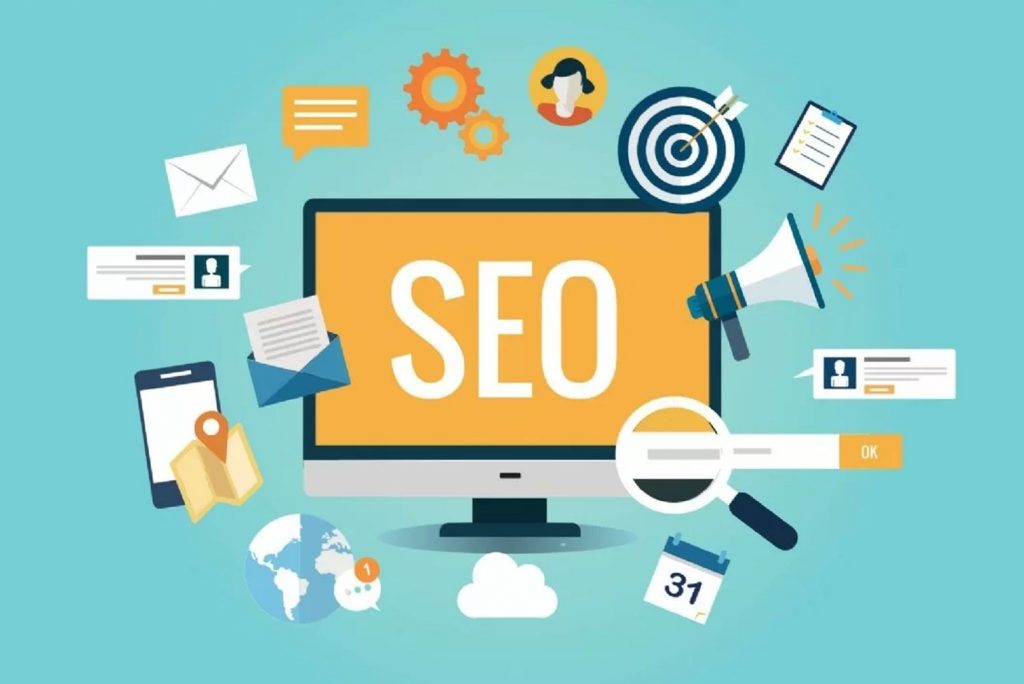In the digital realm, visuals are pivotal in captivating audiences and conveying messages effectively. However, beyond aesthetics, visual content also holds significant potential for improving a website’s search engine rankings through Image SEO. SearchLight London, your digital marketing guiding light, delves into optimising visual content for better rankings. From understanding the importance of image SEO to implementing best practices, this comprehensive guide aims to equip website owners with the knowledge needed to harness the full potential of visual assets in enhancing their online visibility.
Understanding the Importance of Image SEO
Enhanced User Experience
Visual content enhances user engagement and provides a richer browsing experience. By optimising images for SEO, websites can improve load times, reduce bounce rates, and keep users engaged for longer durations.
Increased Visibility in Image Search
Optimised images are more likely to appear in Google image results, expanding the reach of a website and driving additional organic traffic. Properly optimised images can attract users who are explicitly searching for visual content related to a particular topic or product.
Critical Strategies for Optimising Visual Content
File Name Optimization
Use descriptive file names that accurately reflect the content of the image. Incorporate relevant keywords naturally to improve the image’s discoverability in search results.
Alt Text Utilization
Alt text (alternative text) provides a textual description of an image, serving as a crucial accessibility feature for visually impaired users. Also, search engines use the alt text to understand the whole context and content of an image, making it essential for Image SEO.
Image Compression and File Size Reduction
Compress images to reduce its size without compromising quality. Smaller file sizes improve page load times, a crucial ranking factor for desktop and mobile search.
Responsive Image Optimization
Ensure that images are optimised for various devices and screen sizes. Responsive images adapt to different viewport sizes, delivering an optimal viewing experience across devices and improving mobile-friendliness, another critical ranking factor.
Advanced Techniques for Image SEO Success
Image Sitemap Creation
Create an image sitemap to provide Google with additional information about the images on your website. Image sitemaps can include details such as image location, subject matter, and license information, helping search engines better understand and index visual content.
Schema Markup for Images
Implement schema markup, specifically structured data for images, to give search engines more context about your visual content. This can enhance the appearance of images in search results with rich snippets, such as product images with pricing information or recipe images with cooking times.
Common Mistakes to Avoid
Neglecting Image Optimization
Failing to optimise images for SEO can result in missed opportunities for improved rankings and visibility. Always prioritize image optimization as part of your overall SEO strategy.
Keyword Stuffing in Alt Text
Avoid keyword stuffing in alt text, as it can be considered spammy and lead to penalties from search engines. Instead, provide descriptive and informative alt text that accurately describes the image.
Conclusion
In conclusion, Image SEO is a powerful yet often overlooked aspect of search engine optimization that can significantly impact a website’s visibility and rankings. By implementing the strategies and best practices we have mentioned, website owners can optimise their visual content to attract more organic traffic, enhance user experience, and ultimately achieve better rankings in search results. SearchLight London remains committed to providing insights and guidance to empower your journey in the dynamic world of digital marketing. Stay tuned for more actionable tips and continuous exploration of SEO strategies.
